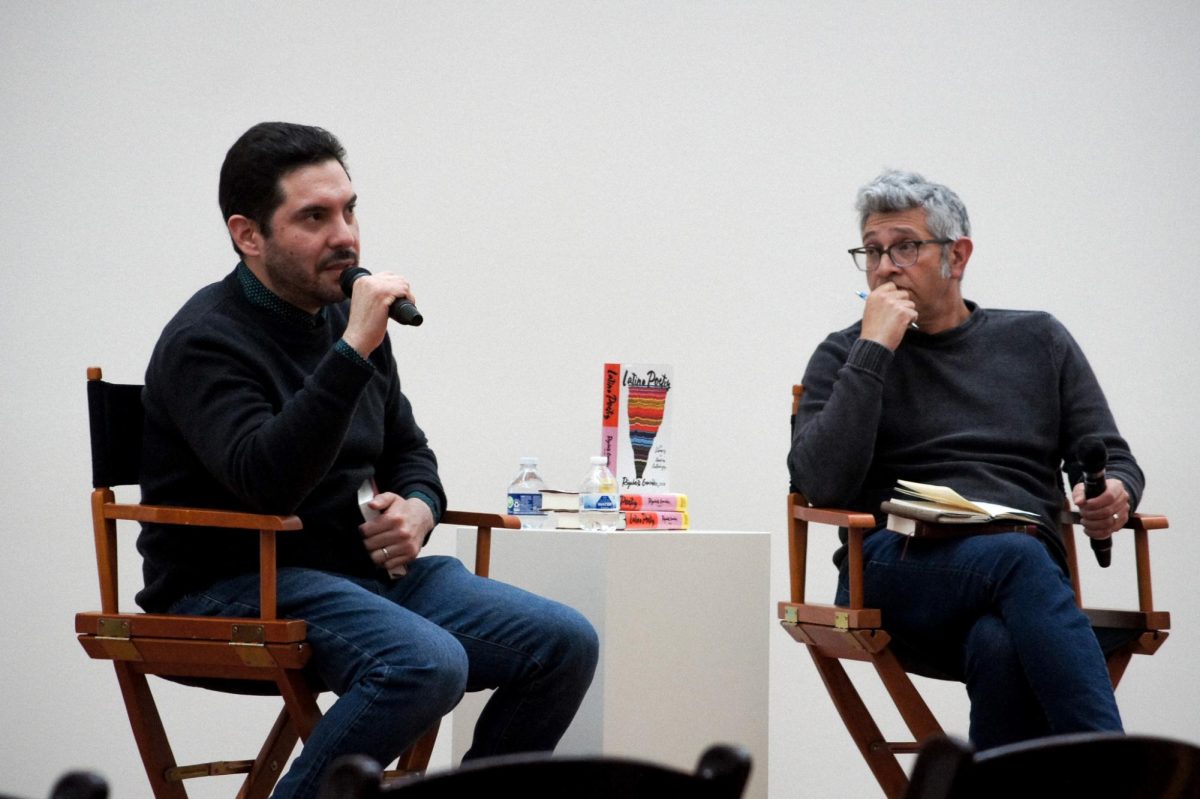Hollywood’s Under-Representation Problem: How Sundance Gives People a Platform
April 20, 2023
In the yonder years of filmmaking, many major movies released by the world’s largest film distributors were known for misrepresenting cultures from around the globe. Hollywood was no stranger to deliberate racial misrepresentation, from the problematic portrayal of Native Americans in “Peter Pan” to the shocking yellowface depiction of a Japanese landlord in “Breakfast at Tiffany’s.”
Fortunately, as American culture has become more globalized, racial inclusion in the film industry is slowly becoming more commonplace. Even with this cultural shift, full implementation of racial representation in American media and on the big screen is still lacking.
Obviously, Hollywood film studios creating films for this old-American audience makes sense because the companies are American-owned and center on archaic industry values. However, film festivals like Sundance, TIFF and Cannes don’t have these audiences or antiquated expectations. In my own experience, I’ve seen people from all over the world come to film festivals like Sundance ready to see or learn something they aren’t familiar with, and the roster of movies reflects that.
Of the 12 dramatic narrative films that Sundance chose this year, a historic seven of the movies starred people of color. Ratios are great for “inclusion,” but what did Sundance actually do to support minority filmmakers attending the festival?
I sat down with Jon Ong, a Singaporean composer and multi-instrumentalist for the recent Sundance release, “The Accidental Getaway Driver.”
Jon Ong’s Perspective
With 11 years of experience in the industry, Ong has worked on a multitude of industry projects, most notably the star-studded “Whiskey Tango Foxtrot” and BAFTA award-winning “Paddington.”
Though he’s been around the local film festival circuit in the past, his first major film festival was the Sundance Film Festival earlier this year. He said that his experience was one that was busy, but also extremely rewarding in terms of meeting people with different occupations.
“Usually in the film scoring world you only meet with other music people, maybe a producer, maybe a director,” Ong said. “But to meet the whole crew, that was awesome to get to chat with them.”
He also made a point of mentioning how different the experience was navigating from one event to another in the winter snow.
“I wasn’t expecting how it affects the decisions you’re going to make.” After spending some time lamenting over Utah’s terrible winter weather, he began describing an integral part of his experience at a house called The Sunrise Collective.
This organization was formed through a joint effort between 3AD, Gold House, The Asian American Foundation and other AAPI multicultural partners with the purpose of giving a spotlight to AAPI individuals in the industry. There was also a multitude of other organizations representing similar communities of film excellence, like The Latinx House, at the festival this year.
“Having those places … [acting] kind of like a home base was really great,” Ong said. “They encouraged you to cross-pollinate. … People just addressed you as a person, which is basically what all of us want.”
This year’s festival approached race as something to be acknowledged and celebrated while still maintaining the original human intent of the story. In my perspective, it’s all about maintaining a balance between nodding to the cultural significance of a character or filmmaker’s heritage and telling a story that a general audience is going to relate to, regardless of race or culture.
Ong said it best — “The protagonist of [The Accidental Getaway Driver] is an old Asian man. … The emotions that he feels are not Asian, they are human.”
Limited Reach
Unfortunately, not everybody is going to watch an indie movie that premieres at Sundance. Just like how not everyone will want to watch a black-and-white movie, indie movies can be an acquired taste for your average movie-goer.
I and many other cinephiles have had awkward conversations with less-than-progressive family members about watching movies that star minority actors. The generalized American consumer public is always going to have preferences about what it wants to see and why, but the strives of indie film festivals shine an inspiring light on increasing representation in the film industry — and that something is progression.
Having a place like the Sunrise Collective or the Latinx House to celebrate the diversity of filmmakers and how they have a cultural impact is integral to properly representing marginalized groups in the industry on and off screen. To fight for progress, people are pushing for these solutions to be implemented at a larger scale.












